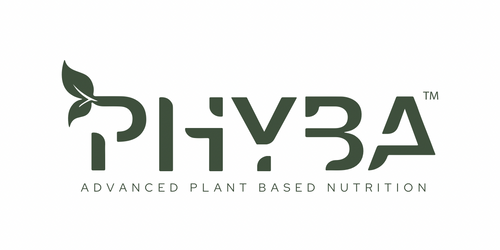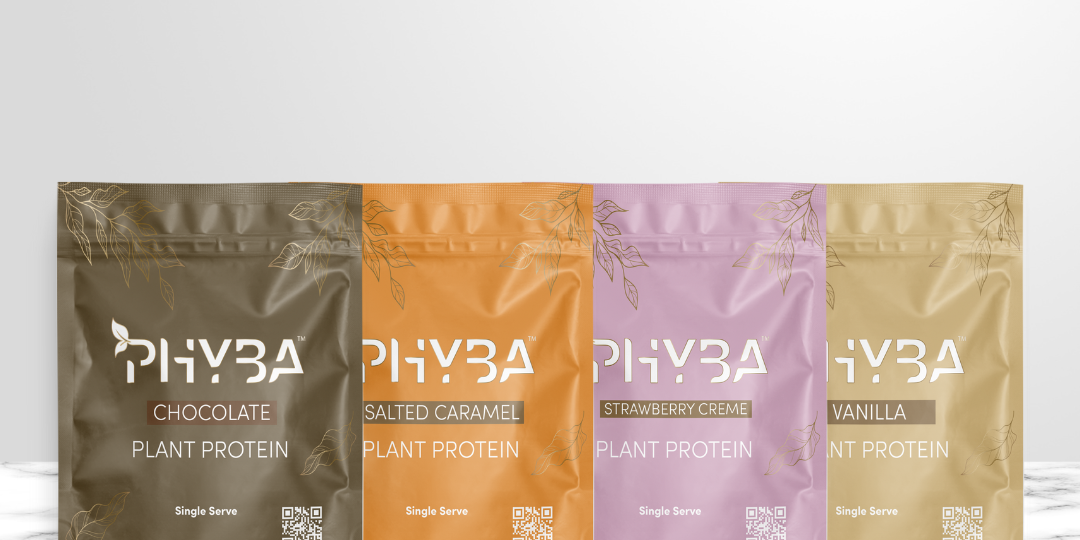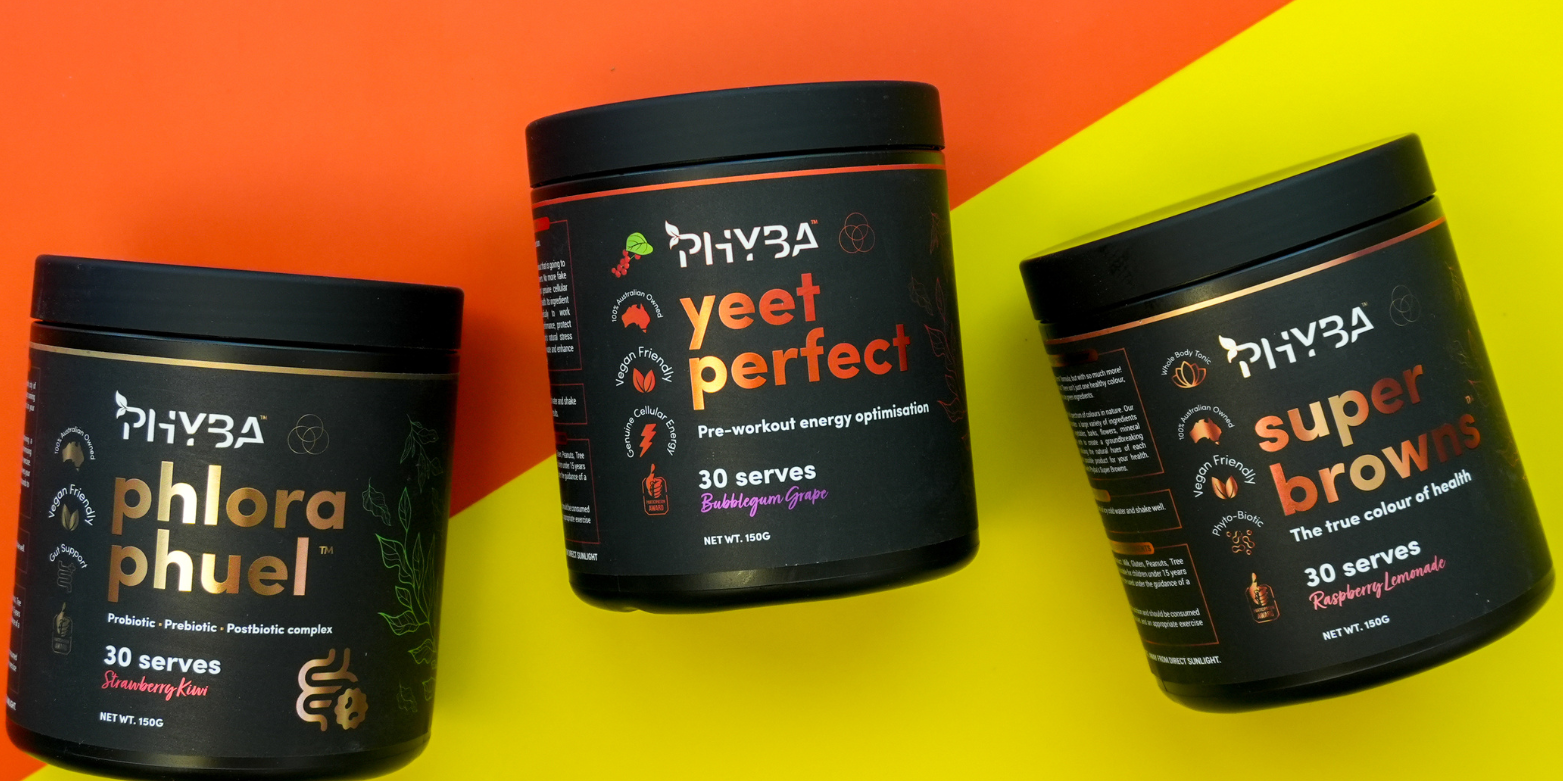Glycine Content: Whey Protein Isolate vs. Pea Protein
When it comes to choosing the right protein source, the glycine content can play a crucial role, particularly for athletes and those focused on recovery. Let’s dive into the comparison between whey protein isolate (WPI) and pea protein.
Glycine Content per 100g of Protein
-
Whey Protein Isolate (WPI):
- Glycine content: Approximately 1.7g - 2.2
-
Pea Protein:
- Glycine content: Approximately 4.0g - 4.3g
Key Insight: Pea protein contains significantly more glycine than whey protein isolate, providing about twice the amount per 100g of protein.
Importance of Glycine
Glycine is classified as a conditionally essential amino acid. While the body can produce it, supplementation can offer several benefits, particularly for athletes:
Collagen Production:
- Glycine plays a vital role in synthesizing collagen, which is essential for maintaining joint health and aiding recovery after intense workouts.
- This amino acid may help reduce inflammation, facilitating quicker recovery post-exercise.
- Glycine has been shown to improve sleep quality, which is critical for athletic recovery and overall performance. Better sleep leads to better muscle recovery, mental clarity, and enhanced performance.
Implications for Athletes
The higher glycine content in pea protein may offer specific advantages for athletes, especially those involved in high-impact sports or who have existing joint concerns. Here’s how:
Joint Health:
- Athletes can benefit from the increased collagen production supported by higher glycine levels, promoting stronger joints and reducing the risk of injury.
- The anti-inflammatory effects of glycine can lead to faster recovery times, allowing athletes to train harder and more frequently.
A Balanced Approach
While pea protein is higher in glycine, it’s important to recognize that both whey and pea proteins possess unique amino acid profiles and benefits. A balanced approach might include:
Combining Protein Sources:
- Incorporating both whey and pea proteins can provide a comprehensive amino acid profile, maximizing the benefits of each.
- Consider using protein blends that combine various plant-based sources to ensure an optimal intake of essential amino acids.
Individual Needs
The ideal protein source will vary based on individual dietary requirements, fitness goals, and any food sensitivities or allergies. It’s essential to assess your unique needs and preferences when selecting a protein source.
Final Thoughts
Glycine plays a significant role in recovery and overall health, particularly for athletes. While pea protein offers a higher glycine content, both whey and pea protein have their unique advantages. As always, be sure to check the label for the exact glycine content, as it can vary based on specific products and processing methods.
Choosing the right protein is a step toward enhancing performance, supporting recovery, and achieving your fitness goals!












